Openreach’s Director of Fibre Build Talks Scotland’s R100 Rollout
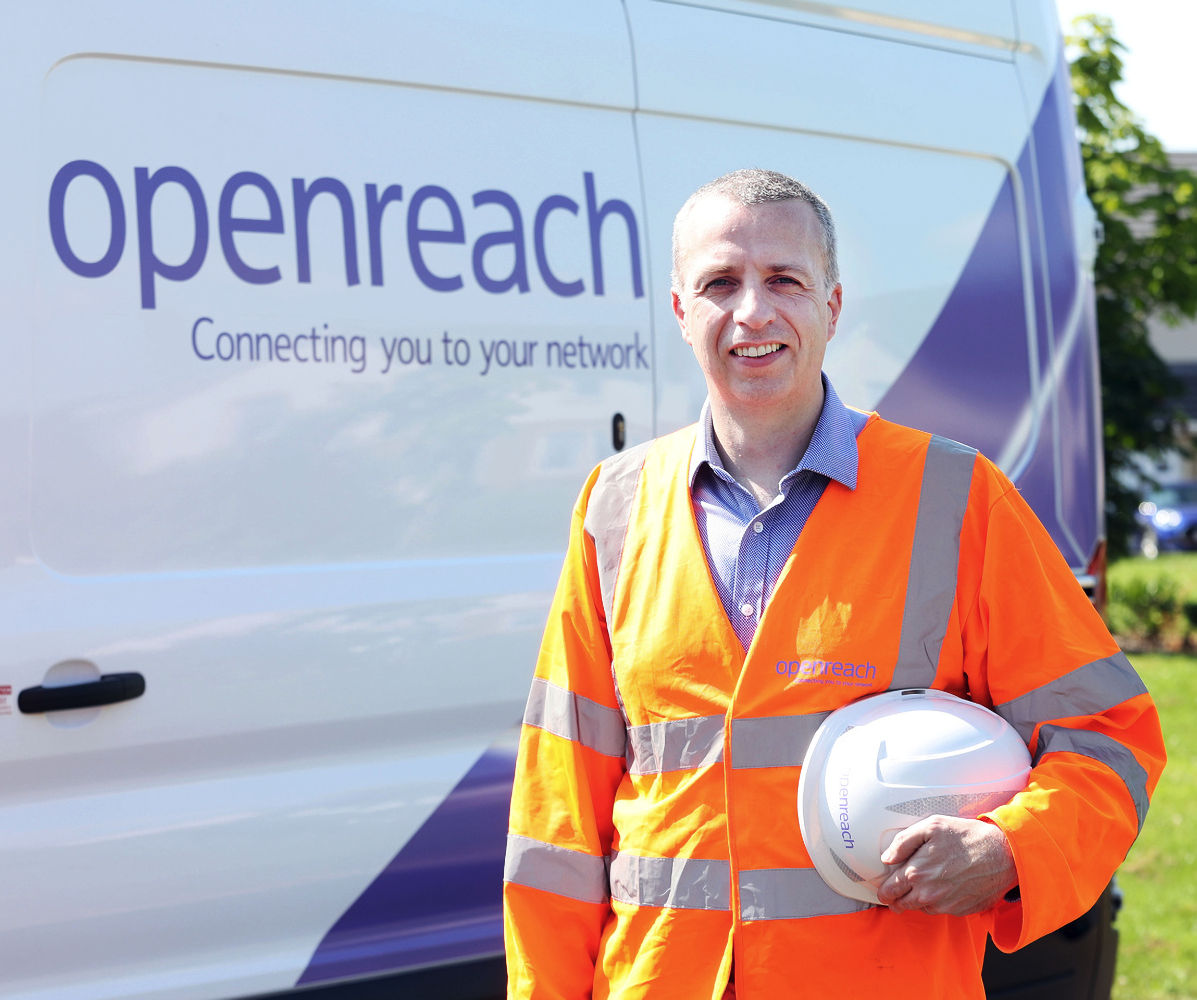
Openreach’s (BT) Director of fibre build for the UK, Andrew Hepburn, has today helped ISPreview.co.uk to understand some of the challenges they face in extending Fibre-to-the-Premises (FTTP) broadband across rural parts of Scotland under the £600m Reaching 100% (R100) project and how they’re overcoming them.
At present some 95% of Scotland can already access a “superfast broadband” (30Mbps+) network (here) and the Scottish Government’s new R100 programme was designed to extend this to as much of the final 5% as possible. Openreach has since secured all three of the R100 contract LOTS for Scotland and the vast majority of that build, which is already underway, will involve the use of gigabit-capable FTTP technology.
In terms of the three contracts – LOT 1 (North Scotland and the Highlands) is still being finalised, while LOT 2 (Central Scotland) will reach 32,200 premises (95.6% of those will be via FTTP, with the rest FTTC) and LOT 3 (Southern Scotland) targets 20,700 premises (100% is FTTP). Combined, this should bring Scotland very close to universal coverage of superfast connectivity.
We should highlight that there was, at one point, a fair bit more hybrid Fibre-to-the-Cabinet (FTTC / VDSL2) technology involved in the R100 rollout programme, but a recent funding boost from the UK Government’s £5bn Project Gigabit scheme has since been used to convert more of LOT 2 to FTTP (here).
At this point we come to Andrew Hepburn, who was responsible for Openreach’s original Digital Scotland Superfast Broadband (final report) build. After that, he became the operator’s lead negotiator for the R100 procurement and rollout, before later becoming the overall director of fibre build across the UK.
Andrew, who also sits on the Openreach Scotland Board, originally studied engineering with management at Edinburgh’s Napier University and started out as a graduate in the defence industry, before joining Openreach in 2007 to work on FTTP network design and deployment, then project management. Suffice to say, he knows a lot about what’s involved with delivering such a programme, especially across Scotland.
The Interview
1. Since last year Openreach (BT) has secured all three of the R100 contracts for LOT 1 (North Scotland and the Highlands), LOT 2 (Central Scotland) and LOT 3 (Southern Scotland). The Scottish Government has previously stated that the LOT 2 contract aimed to upgrade at least 47,000 premises, while LOT 3 would do 26,000 – both were due to be completed by the end of 2023 (LOT 2) and by summer 2024 (LOT 3).
At the time of writing, we don’t yet have the final details on LOT 1, but the SG has stated that its rollout won’t finish until the end of 2026. However, we’re aware that greater than expected coverage by commercial deployments (not least via Openreach itself) is ever rising and this, as well as other factors, can sometimes result in the number of R100 premises targeted being reduced.
On top of that, we also note the recent agreement to swap some of the hybrid fibre FTTC (VDSL2) areas under R100 in LOT 2 for full fibre FTTP as part of the UK Government’s £5bn Project Gigabit programme (LOT 1 also looks as if it might benefit from a similar swap in the near future). Can you tell us, based on the latest data, how many premises in each lot will benefit from the new network and what the FTTC vs FTTP split is for each LOT (either as a % or premises figure)?
Andrew’s Answer:
In the South of Scotland the R100 contract build will reach around 20,700 premises and all of them will get ultrafast full fibre, while in Central Scotland we’ll reach around 32,200 premises with at least 95 per cent to be full fibre. Details for the North of Scotland are due to be published online later this summer and we’re working incredibly hard to make sure that as much of that build as possible is full fibre – more on that soon. We do expect to increase the proportion beyond the 86 per cent that’s already been indicated.
2. The Scottish Government has already made a bunch of welcome changes (e.g. the 10-year relief on business rates for new fibre) to support the deployment of new FTTP infrastructure. Can you tell us any other areas where you think the SG could make changes that would help Openreach’s deployment?
Andrew’s Answer:
Yes, the Scottish Government has been ahead of the game on rates relief and, before this year’s parliamentary elections, the SNP Manifesto outlined their commitment to extend relief to 15 years, which will be good news for all network builders.
There are a couple of reserved policy areas where more help is needed – and you won’t be surprised to hear that wayleaves is one of them. There’s a higher density of network on private land in Scotland than elsewhere in the UK, and access remains a daily headache.
In one community, for example, 20 residents refusing access or not allowing work on their property affects 560 other homes and businesses. For R100 we need roughly one wayleave for every 15 premises – so that’s 7,000 successful agreements!
We’d also like to make sure ultrafast full fibre comes as standard in new housebuilding sites in Scotland, in line with changes proposed in England. We understand the Scot Gov plans to match UKG proposals around implementation of “up to a cost cap” through building standards.
We were also pleased that the SNP Manifesto included a pledge to update planning and building regulations so that digital connectivity is treated as an essential service and is standard in all new housing developments in the future. We’re looking forward to seeing more detail on that.
More broadly, we’re always keen to explore further opportunities to streamline planning and roadworks policies across Scotland’s local authority areas and roads authorities.
We don’t want a planned six-year guarantee to be introduced for road reinstatements in Scotland. It will slow down the build and mean thousands of households have to wait longer.
3. So far as we’re aware, the R100 contract has only ever been expressed as being funded by investment from public sources, which is how they got to the £579m figure. Are BT Group themselves putting any private investment toward the contract (how much?) and if not, why not, given that BT/Openreach should benefit from the extra coverage?
Andrew’s Answer:
Yes, we are investing around £50m in the R100 programme.
The public intervention level is significantly higher than it was in the Digital Scotland programme, in which we invested £146 million, because the economics are much more challenging. We’ll also be responsible for the long-term maintenance of the new network once the contract is completed.
At the same time, we’re investing hundreds of millions of pounds more in commercial full fibre deployment which will reach around 300 Scottish cities, towns and villages. And our commitment in more than 220 Scottish locations in the hard-to-reach ‘final third’ gives more clarity as to where public sector intervention will be required.
(FYI but would need to be clarified by the Governments, the total public sector funding is currently c. £604.5m – £579m from the Scottish Government and £25.5m from the UK Government (which includes the original £21m and an additional £4.5m announced to convert R100 premises from FTTC to FTTP in Central Scotland. Further additional funding may be added.)
4. Scotland is a country that is notorious for having some exceptionally challenging and remote rural terrain, as well as various island communities. What do you expect to be some of the hardest or most challenging parts of the R100 deployment to achieve and how will Openreach overcome them?
Andrew’s Answer:
All the R100 premises are in the final five per cent of Scotland, so they’re already the hardest of the hard-to-reach. They’re also incredibly dispersed, and we’ll need huge amounts of cabling and civils works to reach them, working in what can be fairly inhospitable year-round weather. We need to build to lots of farms and little cottages – for example in an early build in the South of Scotland, more than 20 per cent of the premises were farms.
Travel and getting people and equipment to the places we need them is another logistical challenge. One impact of the pandemic is that demand for staycations in remote and rural Scotland has made finding accommodation for our teams of network-builders even harder than usual. We also need space on ferries to take diggers and large machines to islands like Lismore and Fair Isle so we’re looking at chartering boats and helicopters where they’re the only answer.
Another challenge is poles. They might not be suitable for certain areas due to sensitive landscapes and high winds, while anchoring poles and burying duct in rock isn’t easy! One way around the duct issue is potentially narrow trenching, and we’ll make use of all the tools in our arsenal to get around any obstacles. We have a strong focus on innovation and we’re continually working with industry to adopt new techniques.
The subsea part of R100 is also a big, logistically tough project in its own right – building new routes to 15 islands, negotiating a path through waters strewn with seabed hazards like wartime ordnance and sunken submarines. It’s a fascinating project requiring a lot of expertise from our fantastic subsea colleagues and partners like Global Marine and Fugro.
And then of course there’s always the wayleaves hurdle – all those poles tucked away in back gardens and the many private roads we need to negotiate in the north. It’ll certainly keep us busy.
5. Somewhat following on from the above question, are there any particular deployment methods or machines that you expect may see greater use in Scotland than other parts of the UK and why?
Andrew’s Answer:
Mole ploughs will be a mainstay for us – we’ve used them throughout the successful Digital Scotland Superfast Broadband build and that will continue as they offer a fast and cost effective way to get new duct into soft verges and fields where there’s no space at the side of the road. We’re using a mini, remote-controlled mole plough to reach tight spaces.
Subsea surveys are already under way in the North for the huge subsea build next summer and some of the sea and shore survey work is being done by plane using LiDAR (light detection and ranging) technology. It’s like radar but uses laser rather than a radio signal and can penetrate both water and land. We’re using it to examine the potential landing points of all routes and end-to-end for some of the shorter routes. Infrared isn’t affected by cloud and other atmospheric conditions. It adds an additional layer to more traditional data gathering through beach geo-mapping and depth measurements.
6. What are Openreach’s thoughts on the potential for the £5bn Project Gigabit programme to benefit Scotland and fill any remaining gaps, which we assume will attract bids from the BT Group?
Andrew’s Answer:
R100 is a ‘superfast’ project, so it’s focused on the last few per cent of places that don’t already have a 30Mbps service – albeit the majority will now move straight to gigabit-capable full fibre infrastructure. However, building full fibre everywhere will be tough in Scotland because of the landscape and cost of reaching very dispersed communities. There will need to be a fast, effective plan for any premises not covered by existing programmes.
It was good to see £4.5m funding from the UK Government to flip some R100 premises from FTTC to FTTP in Central Scotland, with ongoing dialogue in relation to the North. Beyond that, it’s primarily a question for the UK and Scottish Governments, but we are ready to look at procurement options. We have a strong track record on subsidised projects and we’re already doing more than 6m of ‘hard to reach’ prems under our own steam, UK wide…
Please flick over to page 2 for the final part of this interview..
Mark is a professional technology writer, IT consultant and computer engineer from Dorset (England), he also founded ISPreview in 1999 and enjoys analysing the latest telecoms and broadband developments. Find me on X (Twitter), Mastodon, Facebook and Linkedin.
« ISPs Ociusnet and SIMWOOD Plan UK FTTP Broadband Builds
ISPA Goes on the Hunt for 2021 UK Internet Heroes »
Latest UK ISP News
- FTTP (5538)
- BT (3518)
- Politics (2542)
- Openreach (2300)
- Business (2267)
- Building Digital UK (2247)
- FTTC (2045)
- Mobile Broadband (1978)
- Statistics (1790)
- 4G (1669)
- Virgin Media (1625)
- Ofcom Regulation (1467)
- Fibre Optic (1396)
- Wireless Internet (1392)
- FTTH (1382)






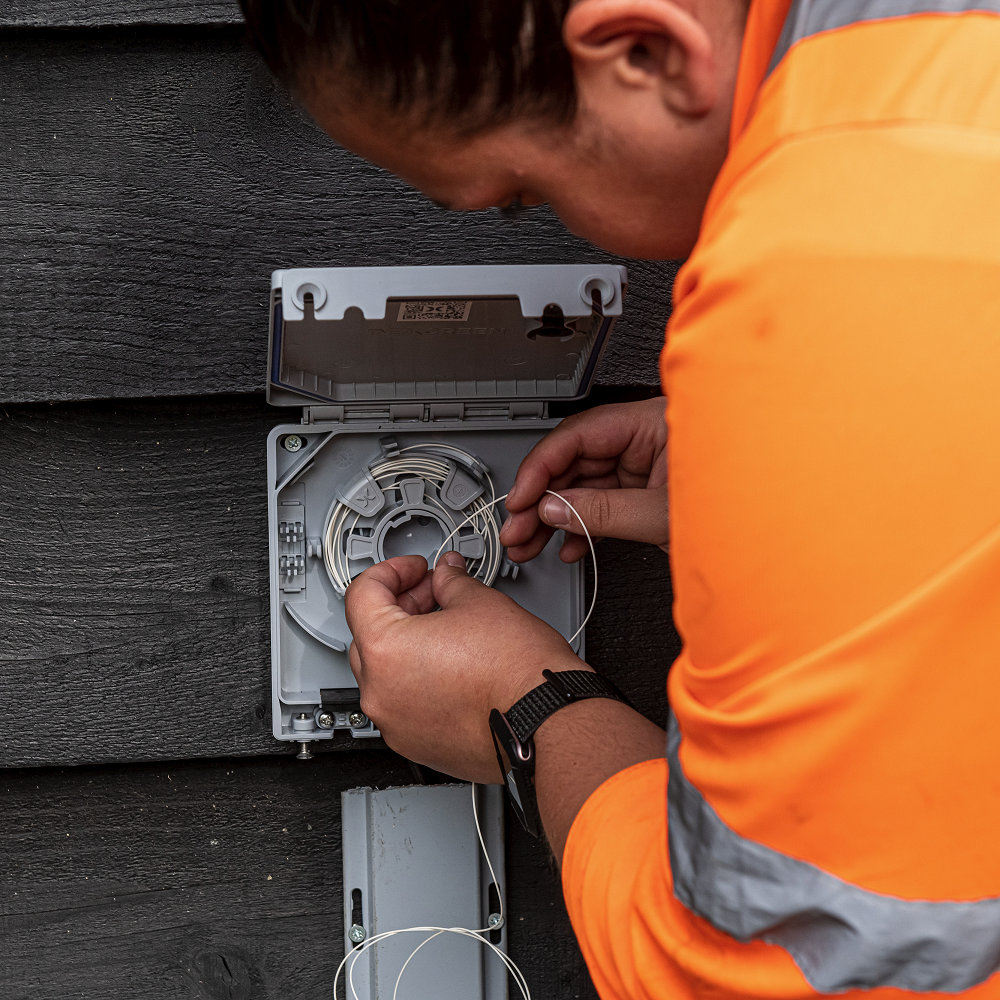

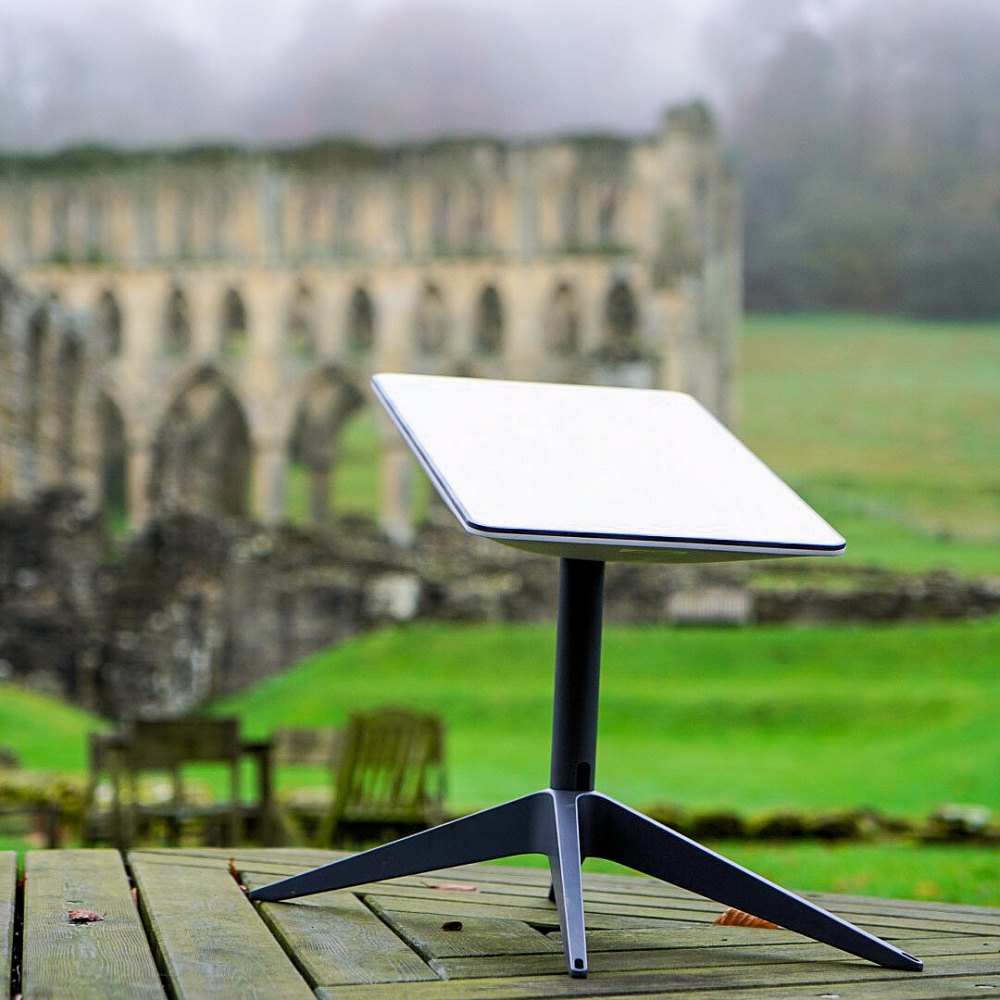
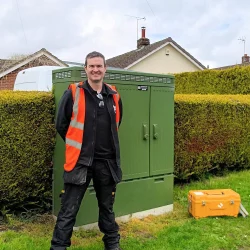
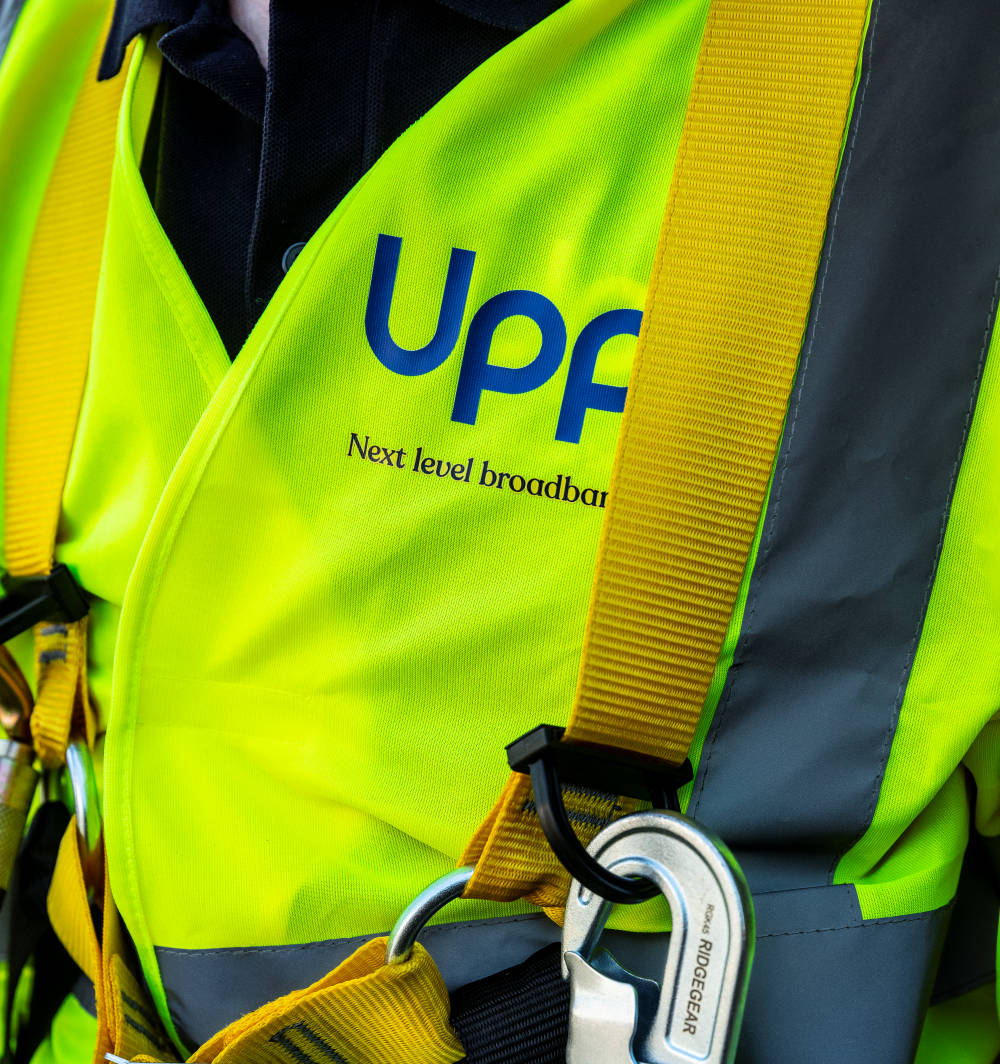

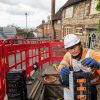

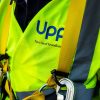








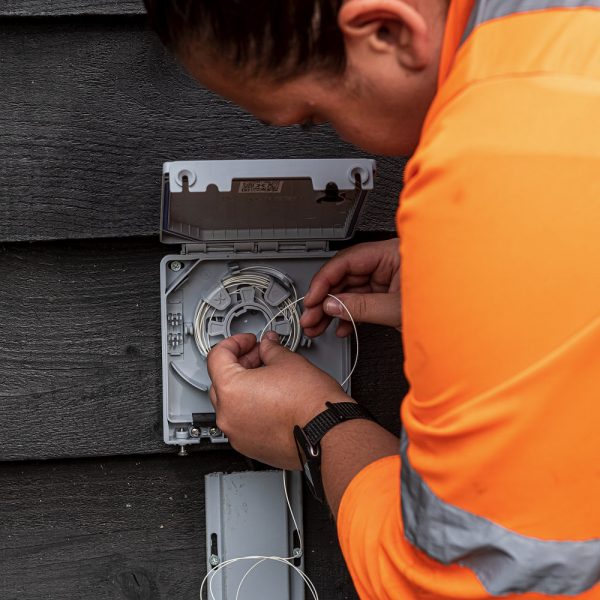
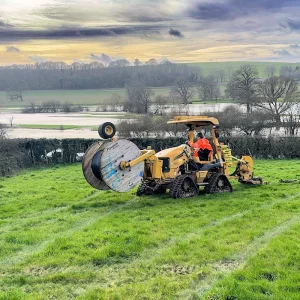

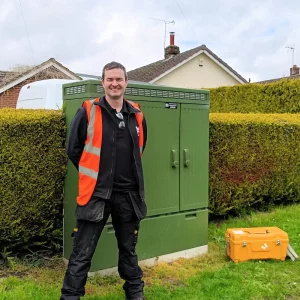































Pretty frank and welcome the clarity. Let’s hope for Scotland’s sake this now basic utility rolls out with everyone’s support.
Be interested in how they’ll tackle obscure cases. Friend of mine lives in Evanton, North of Inverness. He’s exchange direct, and currently on about 10mbit ADSL. FTTC is available, but BT wholesale checker indicates a projected line speed of.. 12mbit.
Very interesting article. Wishing Andy and the whole team all the best in their delivery!
“We don’t want a planned six-year guarantee to be introduced for road reinstatements in Scotland. It will slow down the build and mean thousands of households have to wait longer.” – what he is really saying is: “We don’t want to have the liability of fixing the potholes which may be caused by our work – that risk should sit with Transport Scotland and the local authorities whose roads we are digging up, paid for by tax income rather than us.” Given that the vast majority of the investment is already publicly funded, surely the liability for shoddy reinstatement work should sit with Openreach?
“All the R100 premises are in the final five per cent of Scotland, so they’re already the hardest of the hard to reach” – half of inverness are r100 premises – which apparently won’t be upgraded by Openreach and so are eligible for main vouchers.
How on earth he can say inverness is so rural it’s the hardest of hard to reach is ridiculous.
Smells like it is , BS. Definitions of Rural and remote have zero real world value in the deployment of FTTP. Small towns already have fibre backhaul installed as a legacy of BDUK fttc. Deploying FDTTP in small rural towns is no more difficult than the same number of properties in the middle of a major city. Take Buckie my nearest town, no more difficult or hard to reach or whatever else excuse you wish to use than any other clump of properties than anywhere else. the fibres here at the exchanges and Aggregation nodes same as anywhere else.
To be honest my biggest complaint about all of this is the constant use of ‘hard to reach’.
We’re not ‘hard to reach’ we’re more expensive, stop with the BS excuse of it being hard and finally just say we’re not economically viable.
Point blank refuse to accept a rural soft dig verge or on poles deployment with practically zero underground infrastructure or mains services to avoid is ‘HARD’ its just not financially appealing.